When B.C. Hydro’s Site C dam floods an 80 kilometre-long swathe of the Peace River valley to generate electricity, the company says it wants to leave behind 45 pieces of structural construction debris on the riverbed.
In a written submission to the B.C. Environmental Assessment Office, B.C. Hydro states the structures that would be flooded and left underwater may include portions of causeways, gravel pads, concrete abutments and riprap from bridge construction, diversion channels with rock-filled gabions, a barge pad, a boat ramp, access roads, and giant concrete anchors each covering more than a hectare.
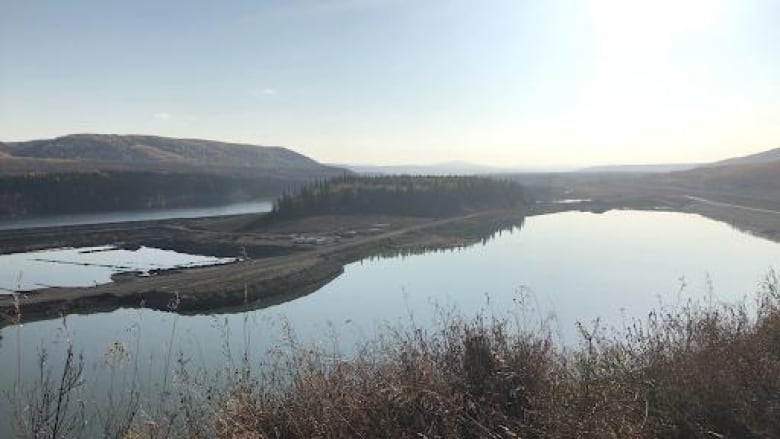
If the provincial Crown corporation’s proposal is approved, it would leave about 20 hectares — almost 50 acres or more than two million square feet — of construction debris underwater at the bottom of the Peace, a major B.C. river approximately 1,900 kilometres long which flows into Alberta.
B.C. Hydro’s environmental permit requires Site C to remove its construction structures “as soon as they are no longer required.”
But Hydro wants to amend the condition, stating in its application that removing the structures “may result in greater potential harm to fish and/ or fish habitat than retaining them in place for reservoir filling” and that some structures “would provide a benefit to fish.”
The application states that removing the structures would “increase the risk of sedimentation and fuel spills from having equipment working in the river.”
In an email to CBC News, B.C. Hydro said if the amendment is approved, a qualified environmental professional would determine which structures should remain.
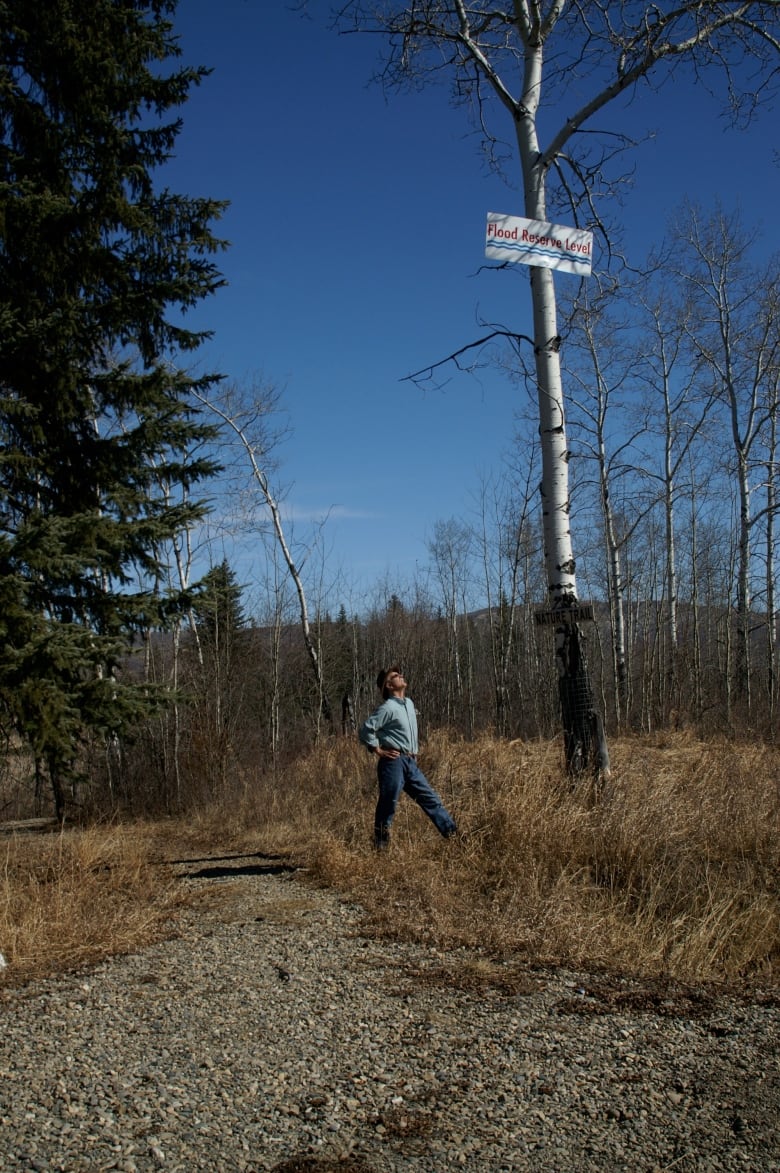
Wayne Sawchuk, who grew up in the Peace and still lives there, says his family members worked as contractors on the construction of the WAC Bennett Dam in the 1960s, and he saw the impact of reservoir flooding firsthand.
“That’s influenced me pretty profoundly.”
Now he’s concerned about Site C’s impact on the Peace River.
“B.C. Hydro made a commitment to put that reservoir in the best possible condition prior to inundation,” he told CBC News. “And it looks to me like they’re ducking that commitment.”
“We can’t leave garbage and old structures down in the bottom of the reservoir and maintain our respect for the land.”
The B.C. Environmental Assessment Office is soliciting public comments on the plan until April 22, but some local residents say they’ve heard nothing about it.
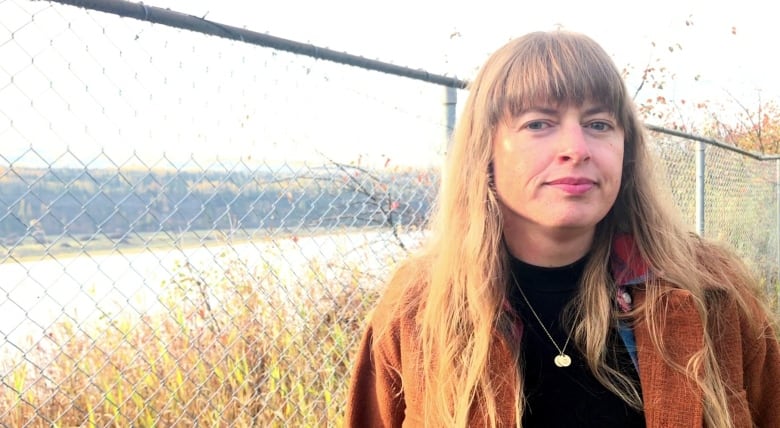
Caitlin Vince, a long-time resident of Hudson’s Hope who lives beside the Peace River, says she didn’t know about the proposal— or the opportunity to comment — until she was contacted by CBC News.
“I had no idea about it. I’ve since spoken to numerous other residents and even one of our municipal councillors, who had no idea either. That’s concerning to me.”
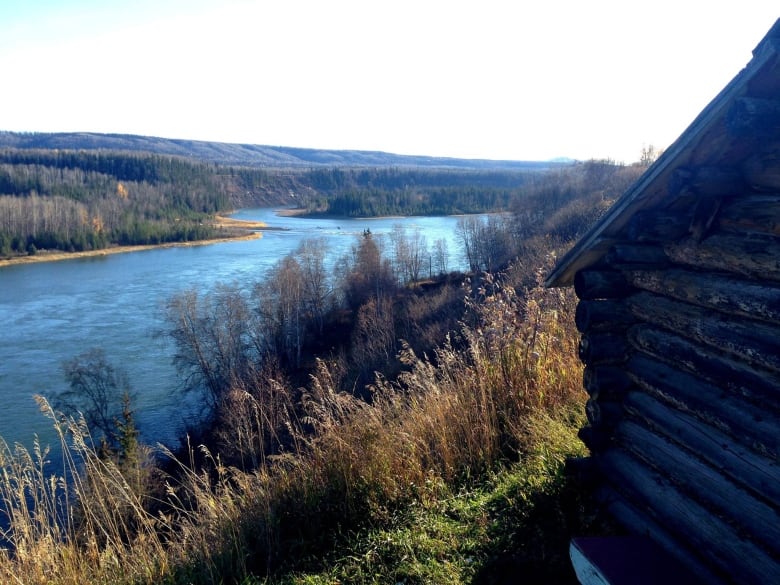
The Site C hydroelectric dam is the largest and one of the most expensive infrastructure projects in B.C. history, with a price tag of $16 billion.
Construction started in 2015 on the Peace River near Fort St. John.
B.C. Hydro said 4,856 people were employed on the project in February 2023.
In an email to CBC News, Hydro said the project is now 75 per cent complete and that the filling of the reservoir could start as early as the fall. Once complete, the reservoir will be between 18 and 52 metres deep.
When it’s fully operational in 2025, Site C is expected to generate enough electricity to power the equivalent of 450,000 homes.








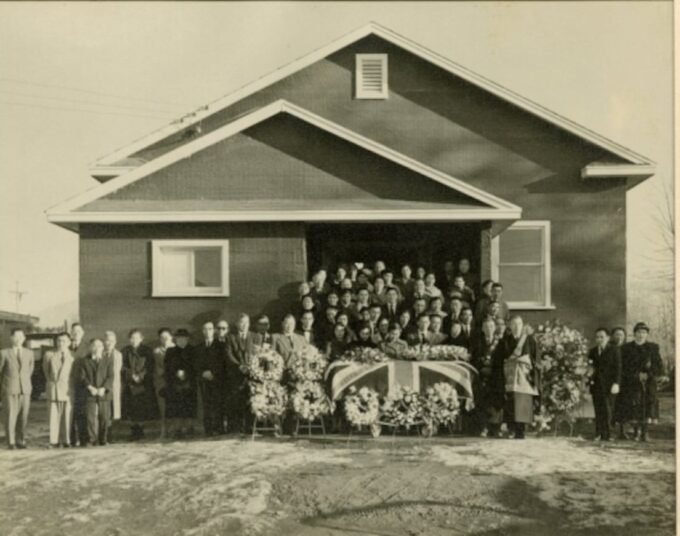





Leave a comment